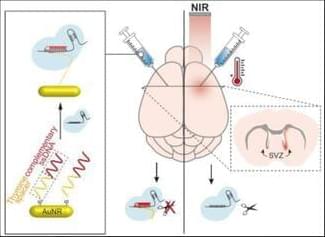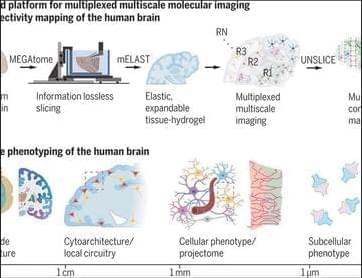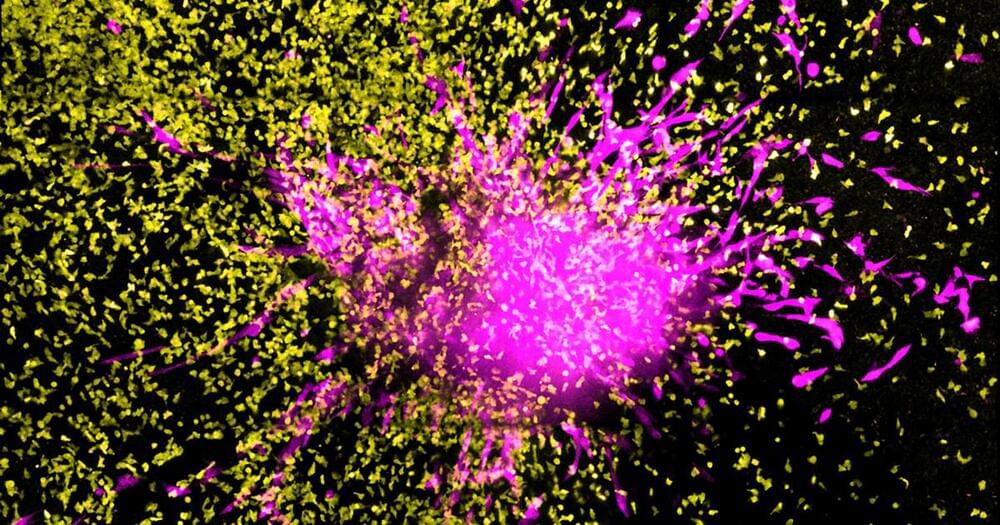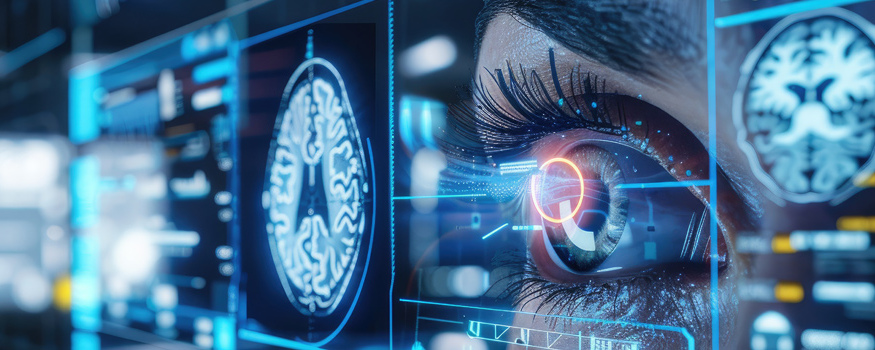WEHI researchers have found a specific immunotherapy could hold promise for treating gliomas, an aggressive form of brain cancer with limited treatment options.
The new study shows that CAR T cell therapy not…
Researchers at WEHI have identified a promising new two-in-one treatment that not only targets and destroys an aggressive form of brain cancer, but also helps the immune system develop a lasting defence against it.
This dual-action approach uses a specific immunotherapy known as CAR T cell therapy to treat gliomas, an incurable brain cancer with few treatment options.
The pre-clinical findings have revealed the therapy’s ability to eliminate glioma cells and its potential to strengthen the immune system to prevent future tumour growth – two significant advances that could revolutionise the way these lethal cancers are treated in the future.






